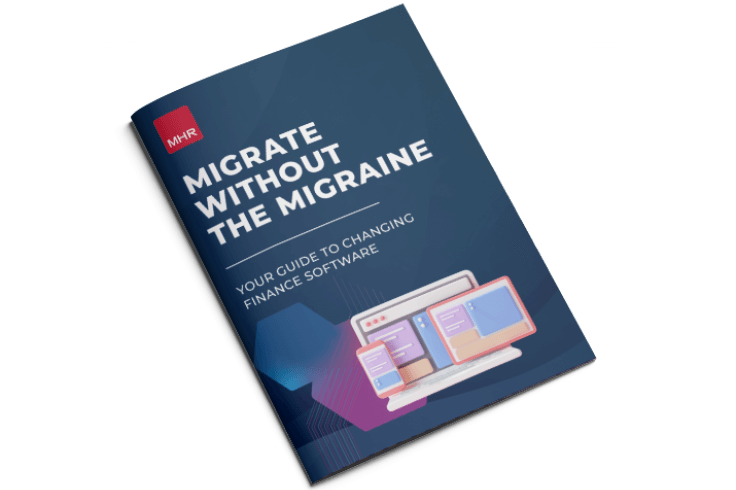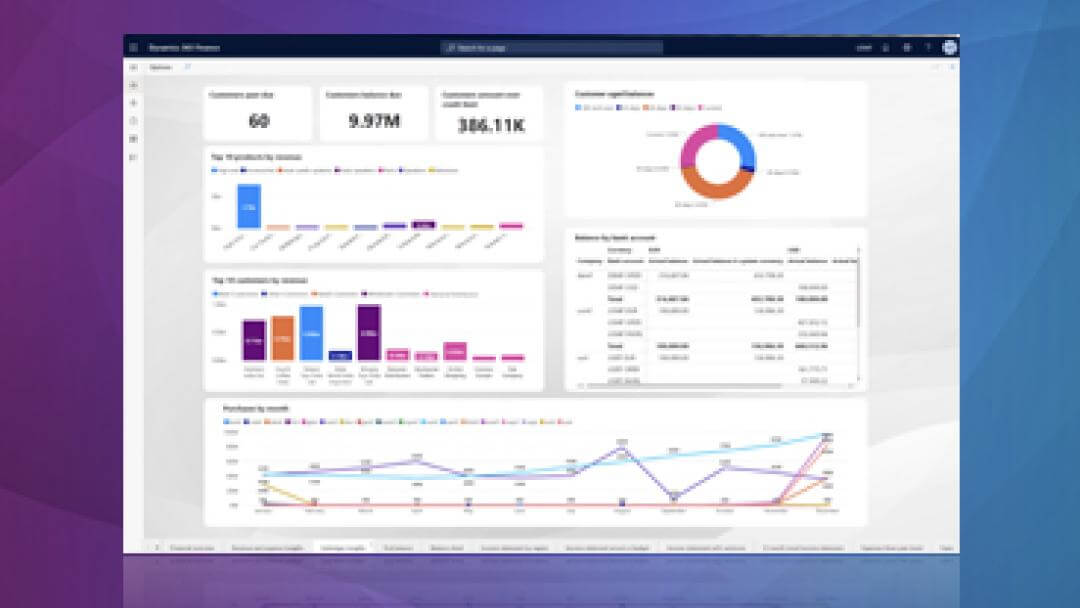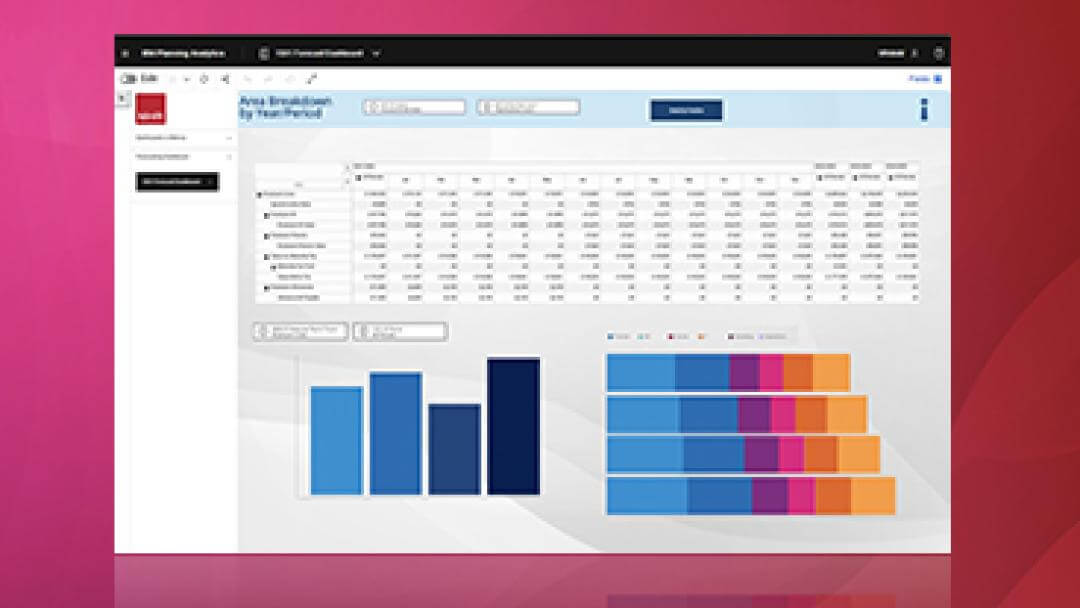Migrate Without The Migraine
Deciphering financial database migration: a comprehensive guide.
As the digital environment shifts, corporations are increasingly depending on financial data to fuel their operations and decision-making strategies. As a result, the need for effective and seamless database migration has escalated. Whether you're enhancing your finance systems, merging databases, or shifting to a new platform, getting a sense of the principle of financial database migration is vital.
In this guide, we delve deep into financial database migration, shedding light on the best approaches, the biggest benefits, and the unexpected hurdles. By the end of this article, you'll possess a thorough understanding of financial database migration and be armed with the knowledge to make any project a success.
Making Sense of Financial Database Migration
Database migration plays an integral part in data management, encompassing the transfer of data from one database system to another. This complex task requires meticulous planning and execution to keep things moving as smoothly as possible.
As organisations evolve, they often find themselves needing to upgrade their database systems or transition to a new platform that better caters to their requirements. This could be for any number of reasons such as scalability, performance, security, or cost-efficiency. Either way, database migration enables businesses to seamlessly transition their data from the old system to the new one, so there are as few issues as possible.
There are several data base migrations that you could under take. These include:
- Platform migration, where data is transitioned from one database platform to another
- Version migration, which involves upgrading to a newer version of the same database system
- Data consolidation migration is another type, where data from multiple databases is merged into a single database
Database migration is a critical procedure in data management that enables organisations to adapt and optimise their database systems. It ensures the seamless transfer of data from one system to another, minimising disruption and maximising efficiency. Through this, businesses can make informed decisions and successfully navigate the ever-evolving landscape of data management.
Potential Hurdles in Database Migration
Effective Tactics for Database Migration
When undertaking a database migration, effective planning and preparation are crucial to ensure a smooth and successful transition. Here are some strategies to consider:
1. Planning and preparation for migration: This includes understanding the size and complexity of your database, mapping out dependencies, and determining the desired outcome of the migration. Creating a detailed plan and timeline will help you stay organised and minimise potential disruptions.
2. Selection of appropriate migration tools: Consider factors such as the compatibility of the tools with your current database system, their ease of use, and their ability to handle the volume and complexity of your data. Research and evaluate different options to find the tool that best meets your specific migration needs.
3. Testing and validation post-migration: Test the migrated data against predefined success criteria, perform data integrity checks, and validate the performance of your applications on the new database. Address any issues or discrepancies promptly to ensure a seamless transition for your users.
At MHR, we understand the complexities involved in database migration and offer robust solutions to help you overcome these challenges. Our expert team has extensive experience in handling database migrations, ensuring minimal disruption and data loss. With our comprehensive suite of tools and methodologies, we streamline the migration process, delivering efficient and seamless transitions for our clients.



